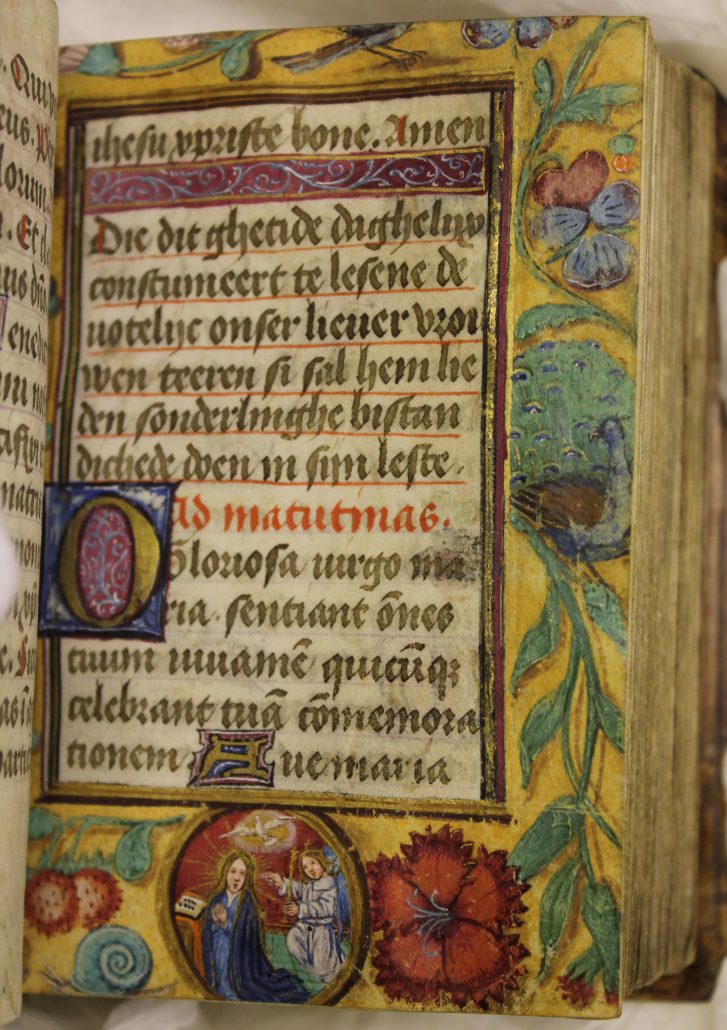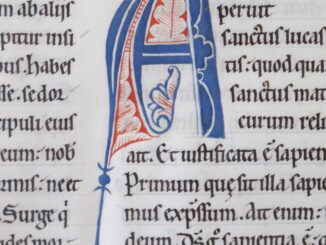Mark McKillion, Ulster University MA History graduate and volunteer for the Library in 2022, carried out research on Dı̄vān Khvājah Hāfiz Shı̄rāzı̄ maʿah dı̄bāchah va qasā’id. = the Works of Hafez: with an Account of his Life and Writings (1791) (object ID P001111074).
You can adopt this book for £250, and support the work of the Library, caring for our wonderful collections, and inspiring present and future generations!
Khwāje Shams-od-Dīn Moḥammad Hafez-e Shīrāzī, better known by his pen name Hafez, represents the greater poetic movement throughout the history of Persia. As described by E. Yarshater, Persian poetry is usually characterised by its abstract nature in comparison to most of its Western contemporaries, in that the Perian poet “is concerned more with subjective interpretation of reality than with its external manifestation.”
As a result, Hafez was more likely to rely on the use of allegory and metaphor to communicate the stories that he had devised, which is most notable in how he implements various stock characters such as “the false preacher”, “the libertine judge”, “the sagacious wine merchant” and “the carefree drinker” in his eulogies rather than specifically alluding to any of the rulers, nobles or dignitaries that would have comprised his audience during his lifetime.[1]
Likewise, Julie Scott Meisami highlights another of Hafez’s narrative techniques, the analogical concept of the “world-garden”: consisting of a plethora of garden-like imagery, Hafez combines the spiritual and sensual for whenever he wants to establish that his ghazal should be read allegorically, such as when he begins one of his poems by writing “Last night, from the cypress branch, the nightingale sang, in Pahlavi notes, the lesson of spiritual stations.”[2]
This interpretation of Hafez’s writing style is corroborated by the scholar A.J. Arberry, who writes that Hafez’s method is “fundamentally thematic” in that as a rule, he selects the ideas for his writings carefully by relying on “not more than two or three whole themes, with fragments of others so familiar as to be immediately recognizable,”[3] thereby providing Hafez with a great deal of flexibility in his work without straying too far from the established tones, themes or patterns of traditional Persian poetry.[4]




